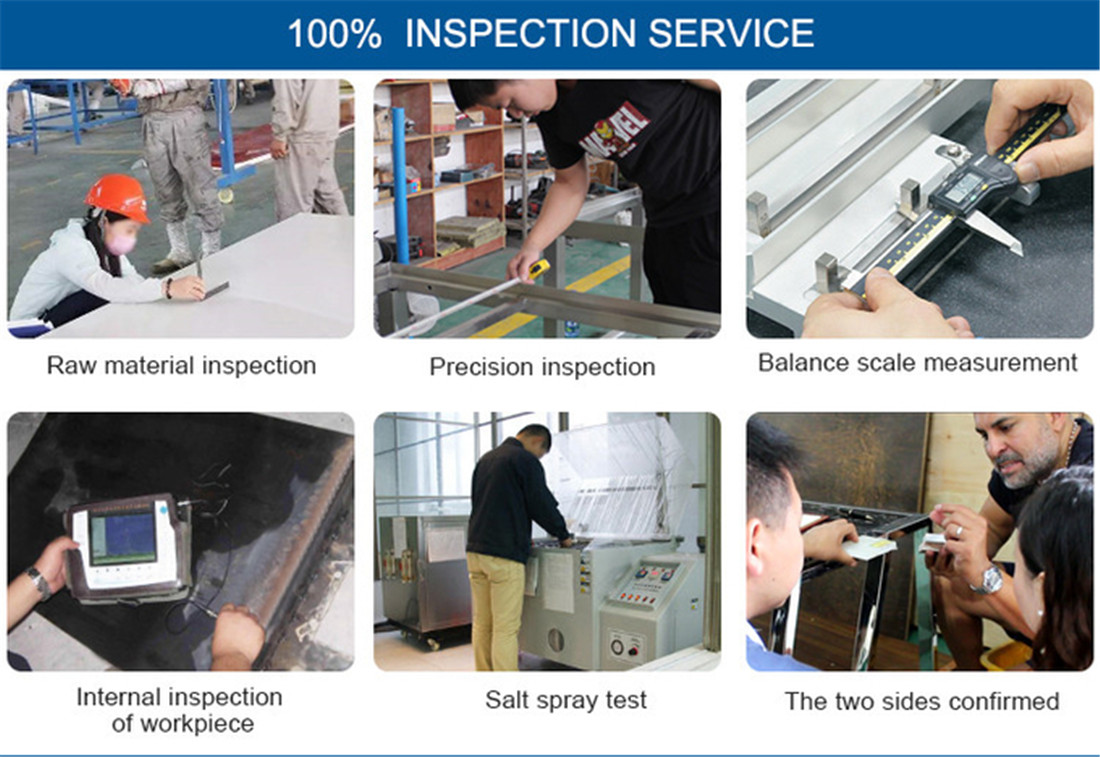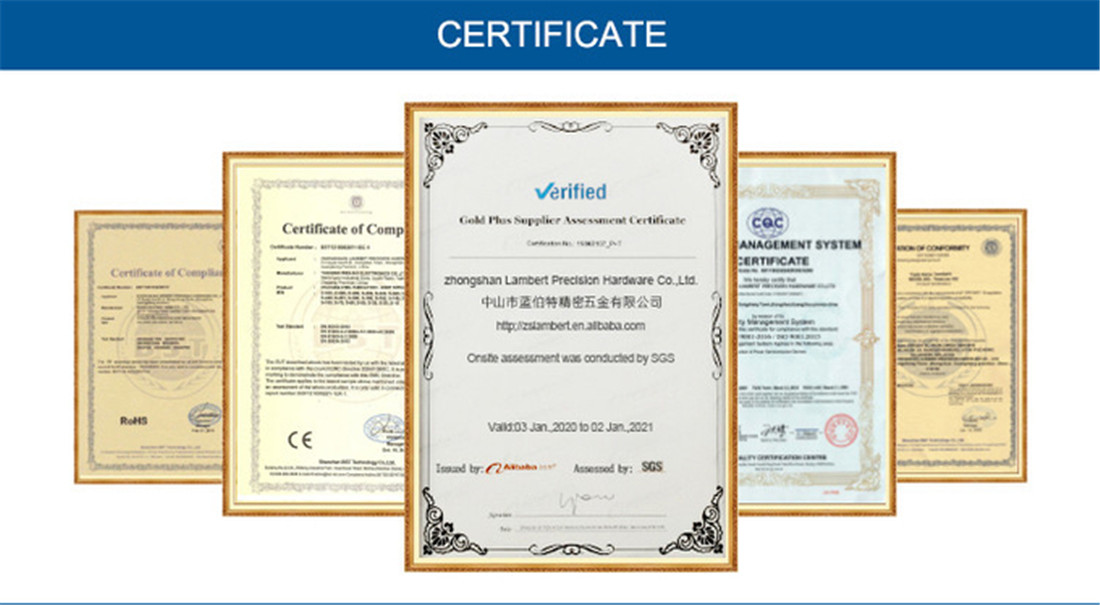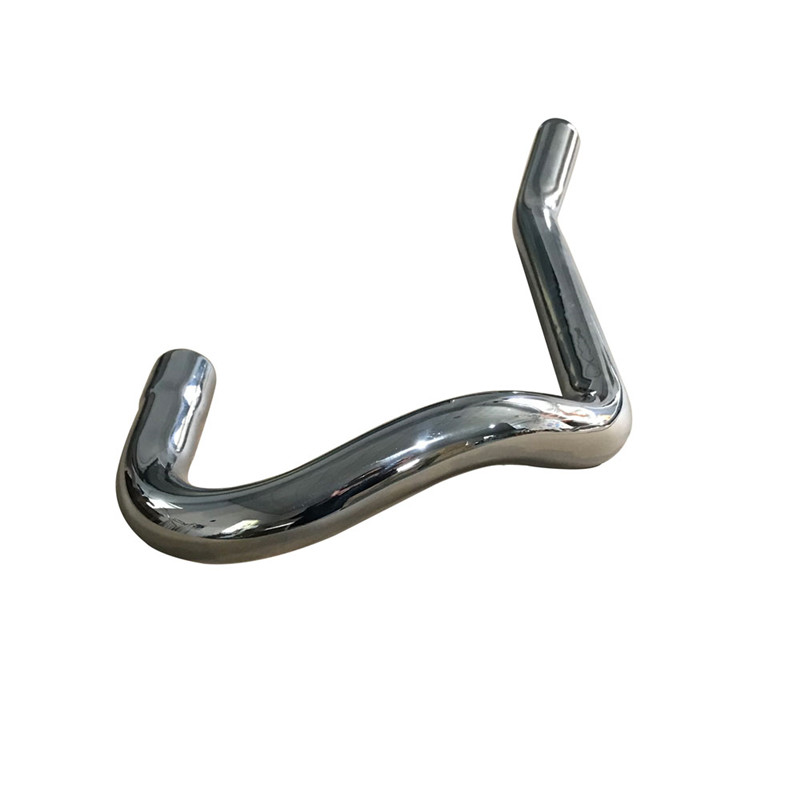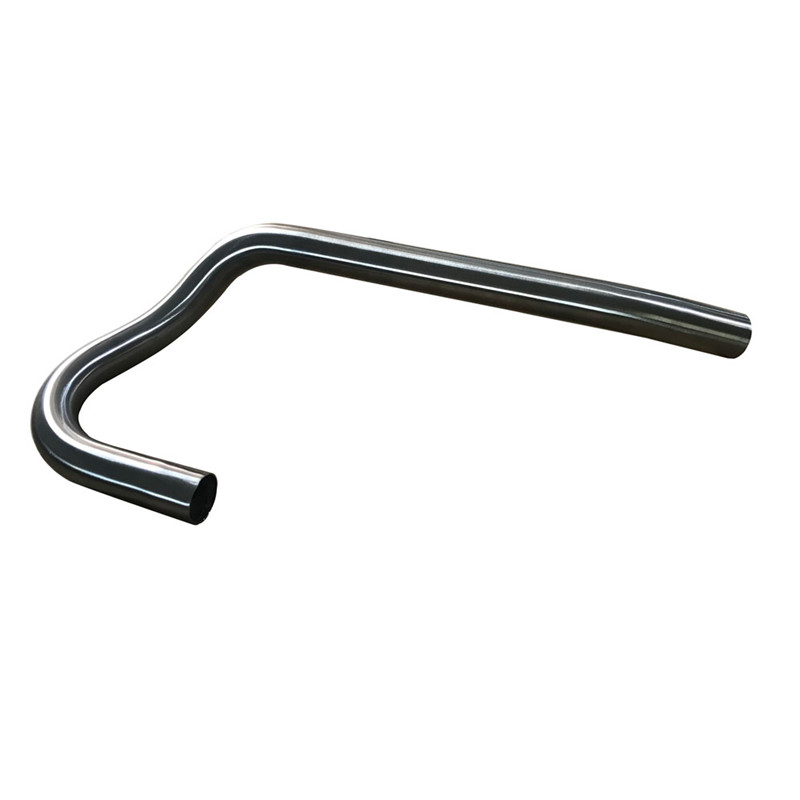


 Complete set of tools for rotary stretching and bending Rotary tension bending (RDB) is a precision technique because it is bent using a tool or "die set" with a constant centerline radius (CLR), or expressed as the average bending radius (Rm). The rotary stretch bender can be programmed to store multiple bending jobs with varying degrees of bending. A positioning index table (IDX) is usually attached to a bending machine, allowing the operator to reproduce complex bends that may have multiple bends and different planes.Bending was probably the first bending process used on cold pipes and tubing. [Clarification needed] In this process, a curved mold is pressed against the pipe, forcing the pipe to fit the shape of the bend. Because there is no support inside the pipe, the shape of the pipe will deform somewhat, resulting in an oval cross section. This procedure is used where a consistent pipe cross section is not required. Although a single die can produce a variety of shapes, it only works for tubes of one size and radius.Rotary stretch bending machines are the most popular machines for bending tubing, pipes and solids for the following applications: handrails, frames, motor vehicle roll racks, handles, wires, etc. When the right tool is matched to the application, the rotary stretch bend produces a beautiful bend. CNC rotary stretch bending machines can be very complex and use complex tools to produce severe bending with high quality requirements.Main entry: roll bend During rolling bending, the pipe, extruded piece, or solid applies pressure to the pipe through a series of rollers (usually three), gradually changing the bending radius of the pipe. Pyramid rollers have a moving roller, usually a top roller. A double pinch roll bender has two adjustable rollers, usually a bottom roller and a fixed top roller. This bending method results in minimal deformation of the pipeline cross section. The process is suitable for producing spiral pipes and long bends such as those used in truss systems.
Complete set of tools for rotary stretching and bending Rotary tension bending (RDB) is a precision technique because it is bent using a tool or "die set" with a constant centerline radius (CLR), or expressed as the average bending radius (Rm). The rotary stretch bender can be programmed to store multiple bending jobs with varying degrees of bending. A positioning index table (IDX) is usually attached to a bending machine, allowing the operator to reproduce complex bends that may have multiple bends and different planes.Bending was probably the first bending process used on cold pipes and tubing. [Clarification needed] In this process, a curved mold is pressed against the pipe, forcing the pipe to fit the shape of the bend. Because there is no support inside the pipe, the shape of the pipe will deform somewhat, resulting in an oval cross section. This procedure is used where a consistent pipe cross section is not required. Although a single die can produce a variety of shapes, it only works for tubes of one size and radius.Rotary stretch bending machines are the most popular machines for bending tubing, pipes and solids for the following applications: handrails, frames, motor vehicle roll racks, handles, wires, etc. When the right tool is matched to the application, the rotary stretch bend produces a beautiful bend. CNC rotary stretch bending machines can be very complex and use complex tools to produce severe bending with high quality requirements.Main entry: roll bend During rolling bending, the pipe, extruded piece, or solid applies pressure to the pipe through a series of rollers (usually three), gradually changing the bending radius of the pipe. Pyramid rollers have a moving roller, usually a top roller. A double pinch roll bender has two adjustable rollers, usually a bottom roller and a fixed top roller. This bending method results in minimal deformation of the pipeline cross section. The process is suitable for producing spiral pipes and long bends such as those used in truss systems.
 The main advantages of induction bending are: You don't need a mandrel Bending radius and Angle (1°-180°) are optional High precision bending radius and Angle It is easy to produce accurate tubes Significant savings can be achieved in field welding One machine can accommodate a variety of pipe sizes (1 "OD to 80" OD) Excellent wall thinning and ovality valuesThe complete set of tooling is required only for high-precision bending of hard-bending tubes with large OD/ T (diameter/thickness) and small average bending radius Rm and OD. [3] Axial pressurization on the free end of the pipe or on the die helps prevent excessive thinning and collapse of the outer convex part of the pipe. Mandrel, with or without ball, with spherical link, mainly used to prevent wrinkling and ellipticity. For relatively easy bending processes (i.e., with a reduction in the coefficient of difficulty BF), the tool can be gradually simplified to eliminate the need for axial AIDS, mandrels, and finishing edge dies (mainly used to prevent wrinkling). In addition, in some specific cases, standard tools must be modified to meet the specific requirements of the product.
The main advantages of induction bending are: You don't need a mandrel Bending radius and Angle (1°-180°) are optional High precision bending radius and Angle It is easy to produce accurate tubes Significant savings can be achieved in field welding One machine can accommodate a variety of pipe sizes (1 "OD to 80" OD) Excellent wall thinning and ovality valuesThe complete set of tooling is required only for high-precision bending of hard-bending tubes with large OD/ T (diameter/thickness) and small average bending radius Rm and OD. [3] Axial pressurization on the free end of the pipe or on the die helps prevent excessive thinning and collapse of the outer convex part of the pipe. Mandrel, with or without ball, with spherical link, mainly used to prevent wrinkling and ellipticity. For relatively easy bending processes (i.e., with a reduction in the coefficient of difficulty BF), the tool can be gradually simplified to eliminate the need for axial AIDS, mandrels, and finishing edge dies (mainly used to prevent wrinkling). In addition, in some specific cases, standard tools must be modified to meet the specific requirements of the product. 